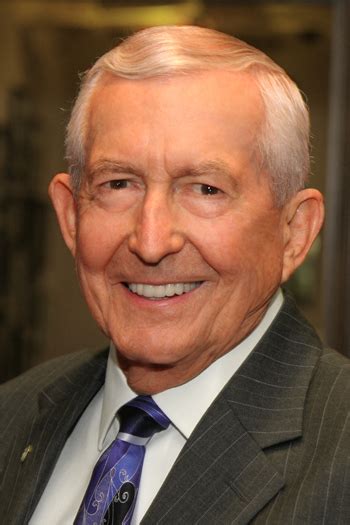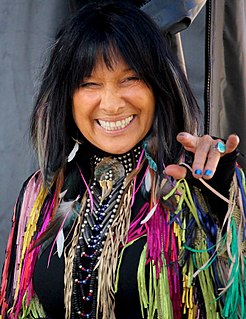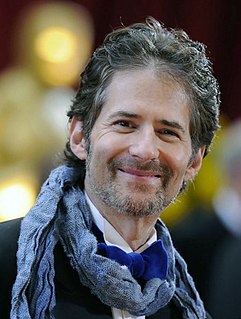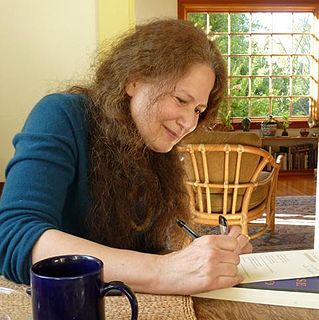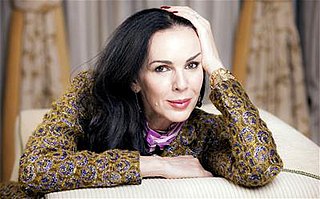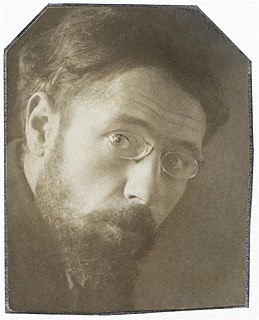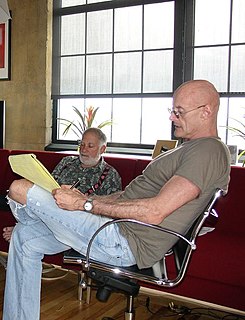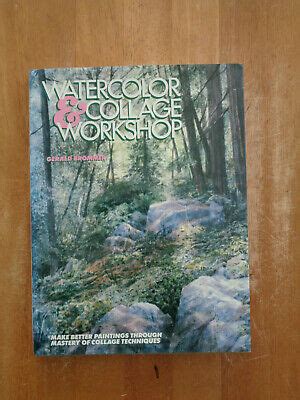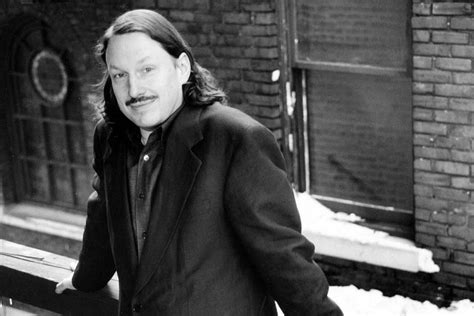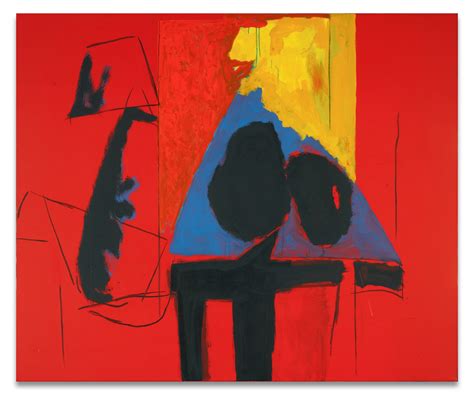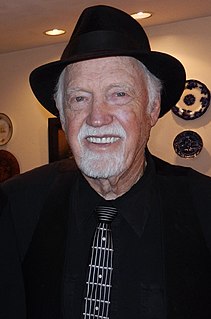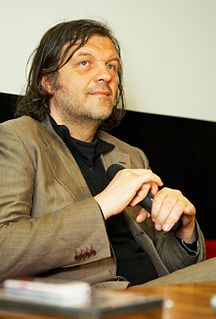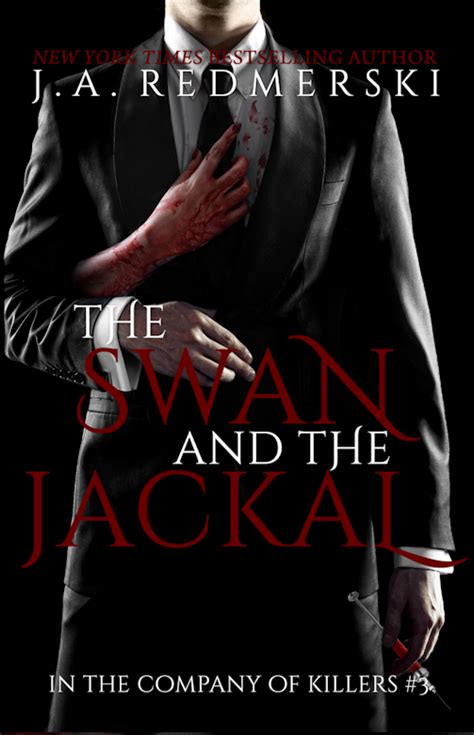A Quote by Paul J. Meyer
Life is a painting, and you are the artist. You have on your palette all the colors in the spectrum - the same ones available to Michaelangelo and DaVinci.
Related Quotes
Words in the mind are like colors on the palette of the artist. The more colors we have access to, the easier it is to create a captivating picture on the canvas, and the more practice we give to using those many colors appropriately and uniquely, the more likely we will be to create a masterpiece of self expression.
Any artist, in any field, wants to press deeper, to discover further. Image and sound play are among the strongest colors available to poetry's palette. For a long time, I've wanted to invite in more strangeness, more freedom of imagination. Yet music, seeing, and meaning are also cohering disciplines. They can be stretched, and that is part of poetry's helium pleasure. But not to the point of breaking.
Why was the painting made? What ideas of the artist can we sense? Can the personality and sensitivity of the artist be felt when studying the work? What is the artist telling us about his or her feelings about the subject? What response do I get from the message of the artist? Do I know the artist better because of the painting?
In printmaking, I essentially use the same process as in painting with one important exception ... to try, with sensitivity to the medium to emphasize what printing can do best ... better than say, painting or collaging or watercolour or drawing or whatever ... Otherwise, the artist expresses the same vision in graphics that he does in his other work.
Victor Faust did much more than help me escape a life of abuse and servitude. He changed me. He changed the landscape of my dreams, the dreams I had every day about living ordinarily and free and on my own. He changed the colors on the palette from primary to rainbow—as dark as the colors of that rainbow may be.
